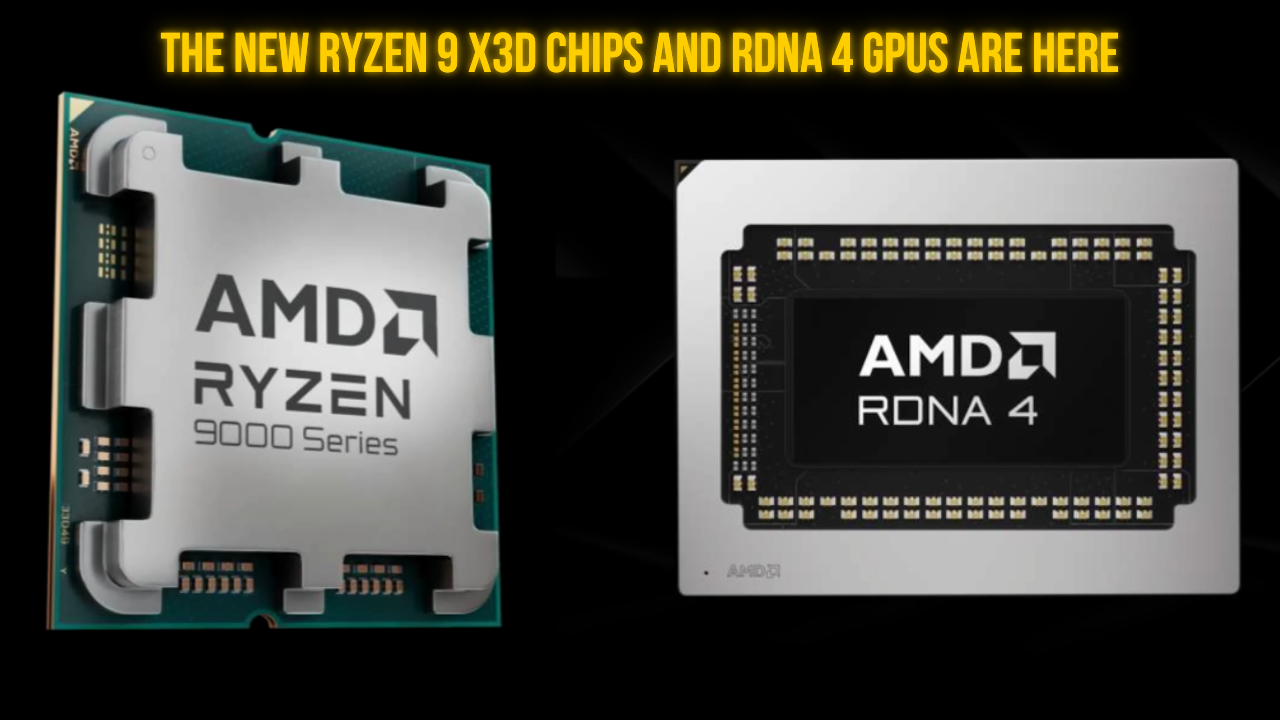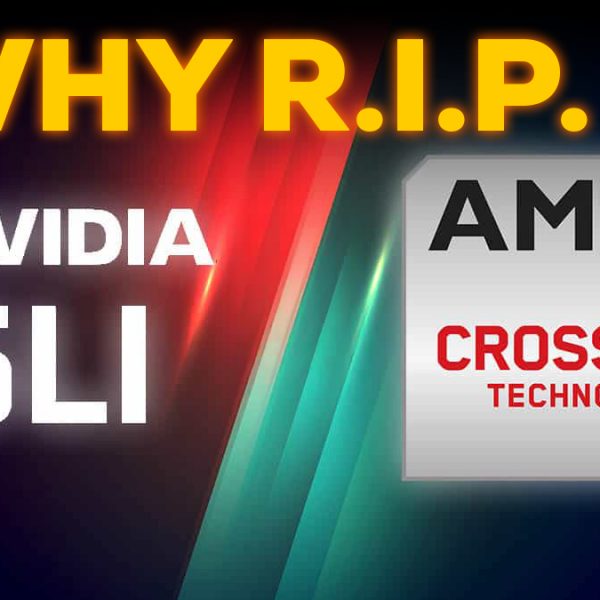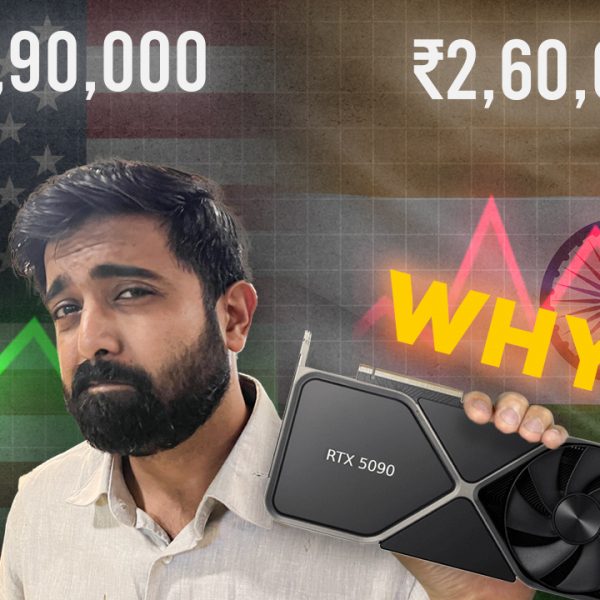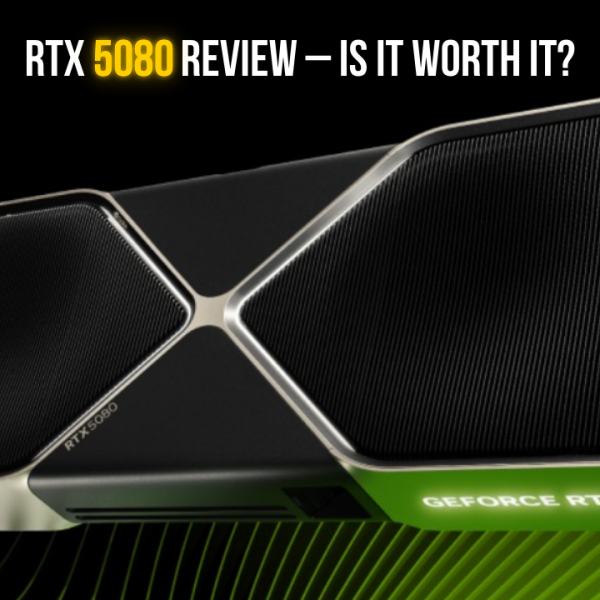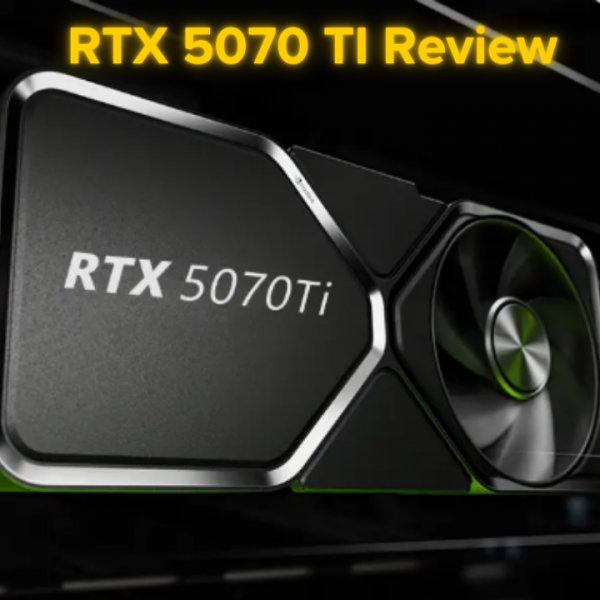AMD has announced their latest high-performance hardware updates. The spotlight shines on the new Ryzen 9 9950X3D and 9900X3D processors, alongside the unveiling of the much-anticipated RDNA 4 GPUs. Here’s a breakdown of what’s new and why it matters.
Ryzen 9 9950X3D and 9900X3D: Speed Meets Efficiency
The Ryzen 9 9950X3D and 9900X3D maintain the same 12-core and 16-core configurations as their predecessors, but they bring significant upgrades to the table. Unlike last-gen X3D chips, which were downclocked, these new processors ramp up the performance with boost speeds reaching an impressive 5.7GHz.
This boost translates to real-world gains of:
- 10% faster performance in creative applications.
- 8% faster performance in gaming.
These chips are designed for gamers and creators alike, offering better efficiency and blazing-fast speeds for demanding workloads..
RDNA 4 GPUs: A New Generation with New Features
AMD has also teased its next-gen RDNA 4 GPUs, built on a cutting-edge 4nm process. While no performance benchmarks have been disclosed yet, AMD has highlighted several key improvements:
- 2nd Generation AI Accelerators for enhanced machine learning capabilities.
- 3rd Generation Ray-Tracing Accelerators for even more realistic visuals.
- Improved Media Encoding Quality, catering to content creators and streamers.
A Redesigned Naming Scheme
In an interesting move, AMD has redesigned its naming scheme for the RDNA 4 lineup to mirror NVIDIA’s approach. While this change makes cross-brand comparisons easier, it might confuse users upgrading from older AMD GPUs.
For instance, a user upgrading from a 7800 XT might struggle to determine the equivalent in the RDNA 4 lineup without researching online. A detailed performance comparison chart will undoubtedly become an essential tool for buyers navigating this new naming convention.
What This Means for Users
With these announcements, AMD has reaffirmed its commitment to delivering cutting-edge technology for gamers, creators, and professionals. The Ryzen 9 X3D chips promise substantial performance gains, and the RDNA 4 GPUs are shaping up to be powerful contenders, even if we’re still waiting for benchmarks.

